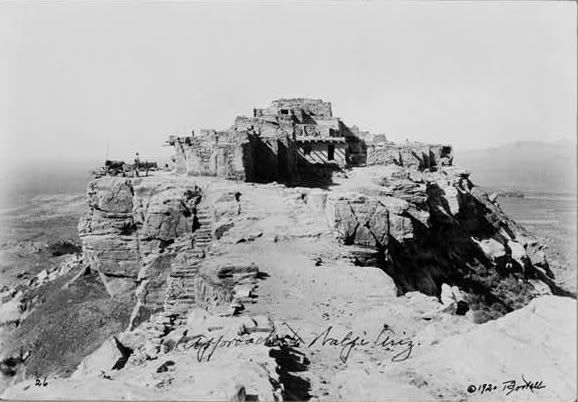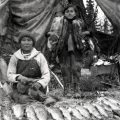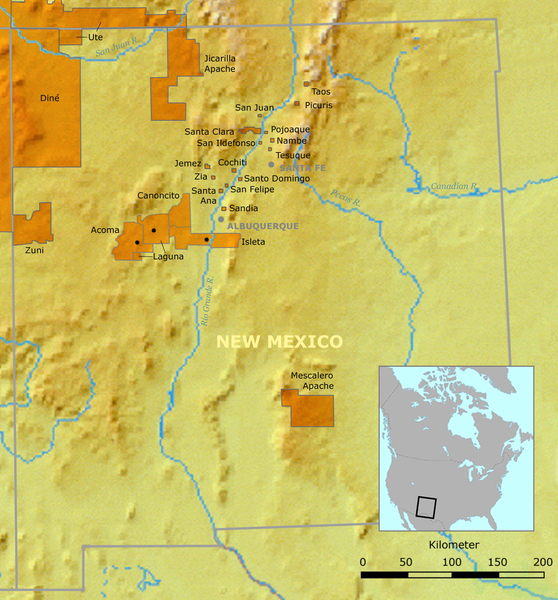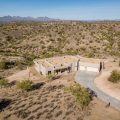Funerary practices and beliefs about death are more about the living than the dead. They provide some insights into the cultures of the people. The Piman (O’odham) and Yuman cultures of the American Southwest have diverse beliefs and burial practices even though they are both located in the desert regions of Arizona and Sonora, Mexico. In both of these cultural groups, cremation was a common way of disposing of the dead. Some of their funerary customs and beliefs are discussed below.
Yuman Culture:
The Yuman culture tradition is in the desert and semi-desert area along the Colorado and Gila Rivers. This area includes parts of Arizona, California, Sonora, and Baja California Norte.
The Yuma-speaking tribes can be divided into four groups:
Delta: the tribes living along the lower Colorado River. These include the Cocopa, Kahwa, and Halyikwamai. During the nineteenth century, the Kahwa and the Halyikwamai, battered by the Quechan-Mohave alliance, merged with the Maricopa.
River: the tribes living along the Colorado River where it forms the border between Arizona and California, plus those living along the Middle Gila River in Arizona. These tribes include the Quechan, Mohave, Yuma, Maricopa, Halchidhoma, and Kavalchadom. During the nineteenth century, the Halchidhoma and Kavalchadom merged with the Maricopa.
The designation Maricopa as actually an Anglo term: the people refer to themselves as Pipatsje. They originally lived along the Colorado River near present-day Parker, Arizona, but later moved up the Gila River away from the Colorado River.
Upland: the tribes living in Northwest Arizona. These include the Walapai, Havasupai, and Yavapai. The Yavapai were traditionally divided into three groups: Yavepe (also spelled Yavapé; Northeastern Yavapai), Tolkapaya (also spelled Tolkepaya; the Western Yavapai), and Kewevkapaya (also spelled Kwevkepaya; the Southeastern Yavapai.) The Walapai were divided politically into three subtribes: Middle Mountain People in the northwest, Yavapai Fighters in the south, and Plateau People in the east.
California: the tribes living west of the Colorado River include the Diegueño, Kamia, Paipai, and Kiliwa.
Among the Walapai, the dead were traditionally cremated along with their possessions. The souls of the dead departed for the ancestral land of Tudjupa in the west. There was also an annual burning of clothing and food to commemorate the dead. The practice of cremation, however, was stopped by the U.S. Army in the nineteenth century as the United States required Christian burials.
Traditionally, the Havasupai observed very little ceremony regarding the disposal of the dead. The dead were either cremated or placed in caves or rock cairns.
Among the Mohave, the deceased was cremated upon a funeral pyre. Orators would make speeches about the virtues of the deceased and songs would be sung. Articles burned with the deceased would accompany the soul to the land of the dead. After death there was a taboo on mentioning the name of a dead person.
Among the Cocopa, the soul leaves the body at the time of cremation and goes to the spirit land near the mouth of the Colorado River. However, twins go to a different place and are continuously reincarnated. After death the name of the deceased is never mentioned.
Piman Culture:
The Sonoran desert of Arizona and Sonora, Mexico is home to a number of Piman-speaking groups, primarily the Tohono O’odham (Papago) and Akimel O’odham (Pima). With regard to archaeology, the Hohokam are considered to be the ancestors of the Piman peoples.
The Pima were the village agriculturists of central and southern Arizona. The Pima call themselves O’odham which means “we, the people”. They are divided into four basic groups: (1) River Pima in Central Arizona (Akimel O’odham); (2) Tohono O’odham (also known as Papago) in southern Arizona and northern Sonora; (3) Pima Bajo in Mexico; and (4) the Sobaipuri. The Sobaipuri were driven out by Apache and Spanish and intermin-gled with the other Pima groups. Traditionally they occupied the San Pedro River valley from Fairbank, Arizona, north to the Gila River junction, and the Santa Cruz River valley north to Picacho.
The dead were buried in a rock crevice and covered with stones or in a stone cairn roofed with logs. To accompany the spirit on its four day journey to the Underworld in the east, food and possessions were also interred with the body. A short speech by a relative usually accompanied burial. In this speech, the deceased would be asked not to return.
Among the Tohono O’odham, warriors killed in battle were cremated by scalp takers.
Among the Akimel O’odham the custom was to destroy a house where death had occurred and to build a new house a few meters away.
The Hohokam cremated their dead. Along with the body, pottery, palettes for preparing body and face paints, and ornaments were also burned.





Leave a Reply